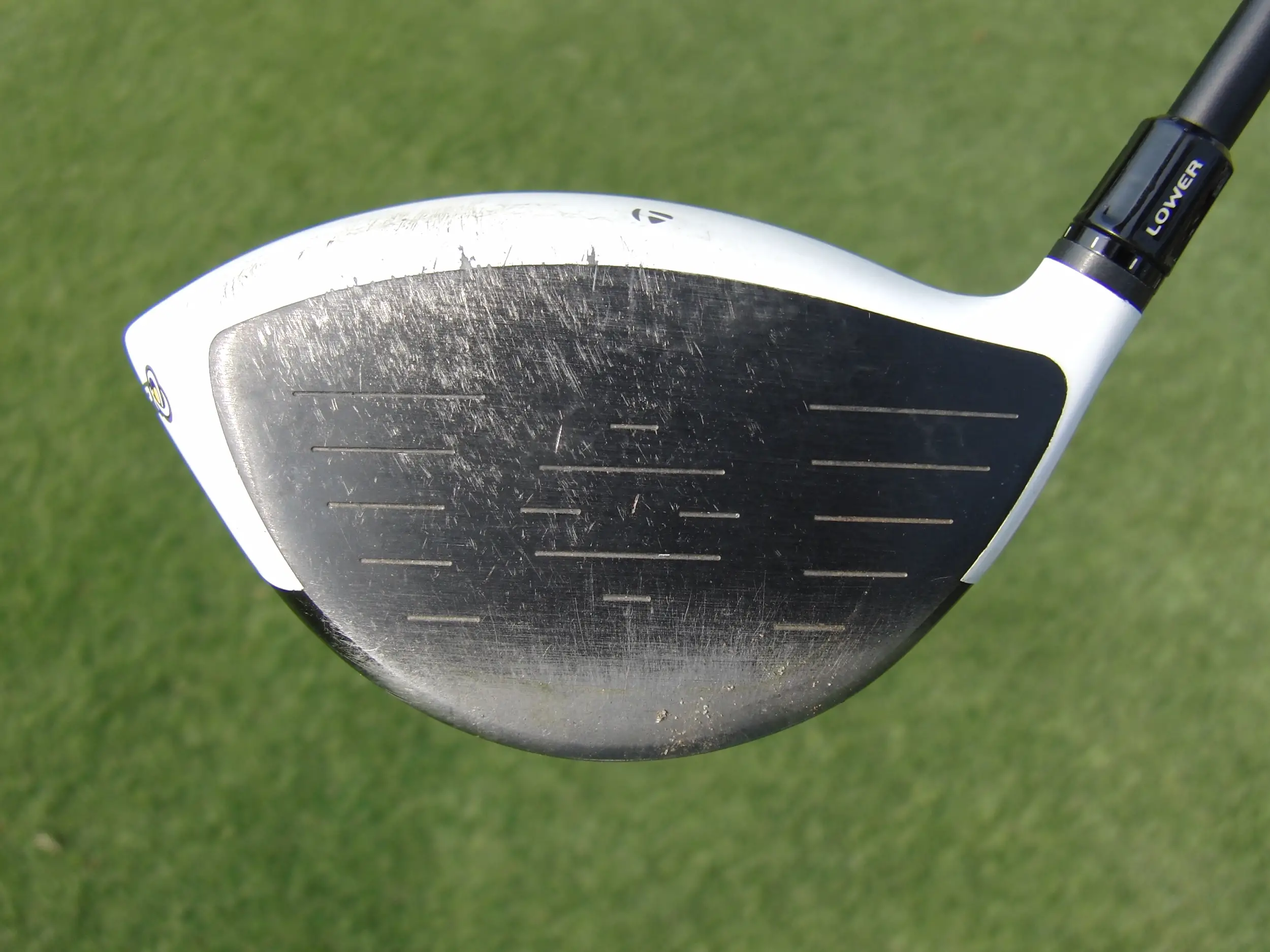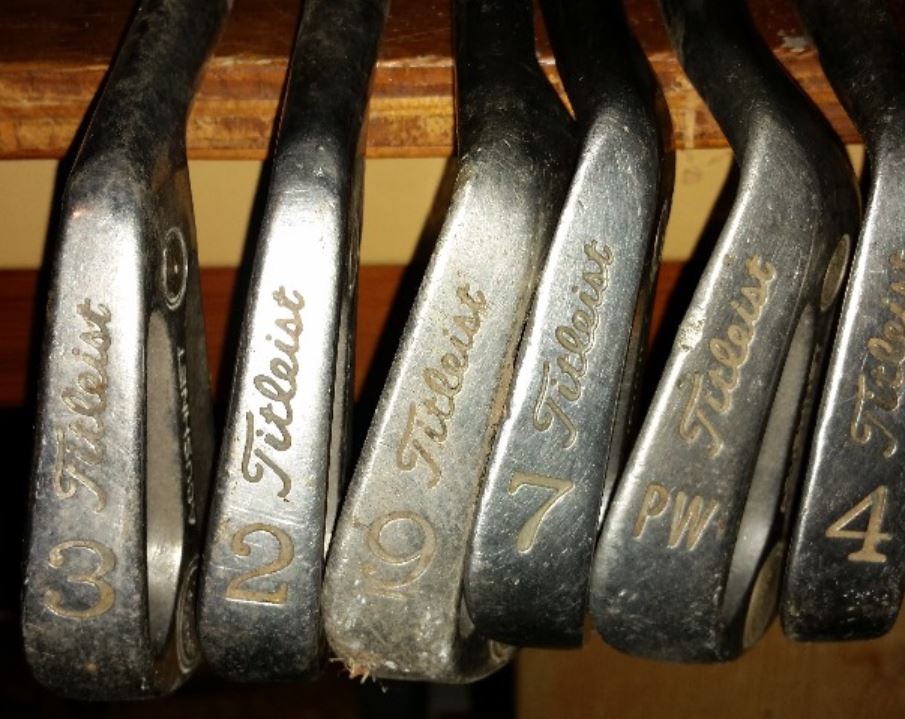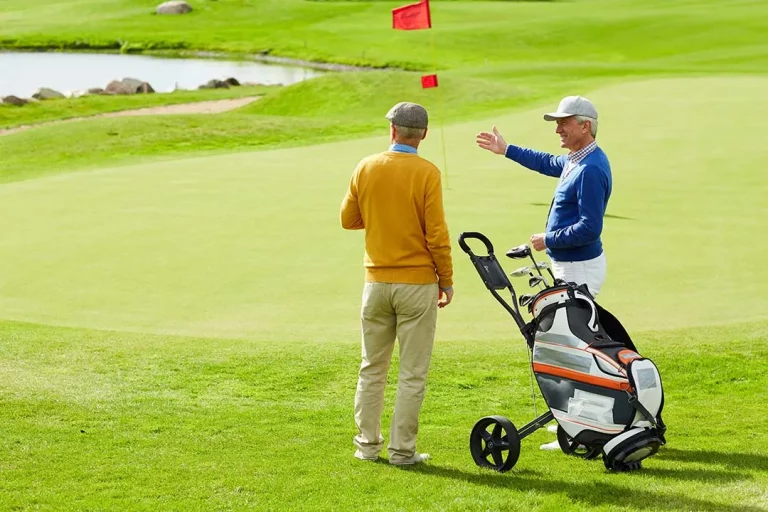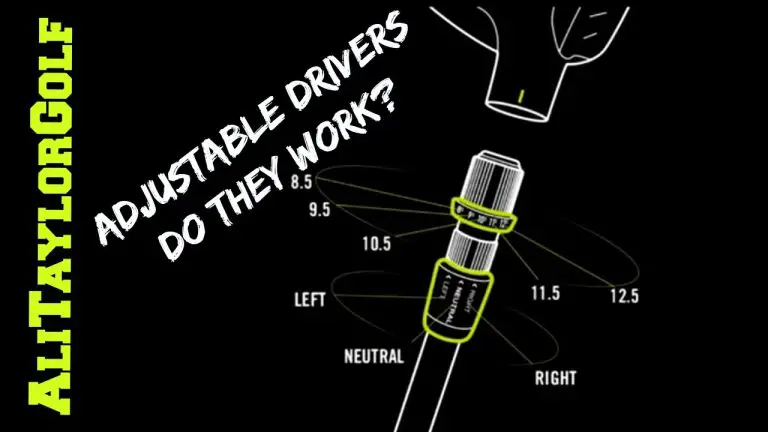Does A Golf Driver Wear Out

Golf drivers are one of the most important clubs in any golfer’s bag, providing the ability to hit long, powerful shots off the tee. But like any piece of equipment, golf drivers can wear out over time with repeated use and exposure to the elements. This raises the question: does a golf driver wear out, and if so, what factors contribute to its wear and tear?
In this article, we’ll explore the science behind golf drivers, how they are constructed, and the various factors that can contribute to their wear and tear. We’ll also provide tips for caring for your golf driver to help extend its lifespan and maintain your performance on the course.
Whether you’re a seasoned golfer or a beginner, understanding the lifespan of your golf driver is important for maintaining your equipment and achieving optimal performance. By learning more about how golf drivers work and what causes them to wear out, you can take steps to protect your investment and enjoy a more satisfying experience on the course. So let’s dive in and explore the world of golf drivers and their lifespan.

Understanding Golf Drivers
Before we dive into the topic of wear and tear on golf drivers, let’s first review what a golf driver is and how it is constructed. A golf driver is a club designed for use off the tee, with a large head and a long shaft. The head is typically made of metal or composite materials and is designed to provide a large “sweet spot” for making contact with the ball.
Golf drivers are constructed using a combination of materials, including metals such as titanium and steel, and composite materials such as carbon fiber. These materials are carefully chosen for their strength, durability, and weight.
Can Golf Drivers Wear Out?
The short answer to this question is yes, golf drivers can wear out over time. There are several factors that can impact the lifespan of a golf driver, including repeated use, environmental factors, and mishandling or abuse.
Repeated use can cause the face of a golf driver to become worn and lose its springiness, which can result in a loss of distance and accuracy. Environmental factors such as exposure to extreme temperatures or moisture can also cause damage to a golf driver, including warping or rusting of the clubhead.
Mishandling or abuse can also cause damage to a golf driver. Dropping or throwing a driver can cause dents or cracks in the clubhead, while hitting the ground or other hard objects can cause damage to the shaft or grip.
How to Extend the Life of Your Golf Driver
Fortunately, there are steps you can take to extend the life of your golf driver and keep it in top condition. Here are some tips for caring for your golf driver:
- Store your driver in a cool, dry place away from extreme temperatures or moisture.
- Use a headcover to protect the clubhead from damage during transportation or storage.
- Clean your driver after each use to remove dirt and debris.
- Avoid hitting the ground or other hard objects with your driver.
- Use the proper technique when hitting your driver to minimize wear and tear on the clubface.
- Consider replacing your driver if you notice signs of wear or damage, such as a loss of distance or accuracy.
Common Myths About Golf Drivers and Wear
There are several myths about golf drivers and wear that are worth debunking. One such myth is that golf drivers never wear out, and that a well-made driver can last for decades. While it’s true that a well-cared-for driver can last for many years, repeated use and exposure to environmental factors can cause damage and wear over time.
Another common myth is that hitting the ball on the sweet spot of the clubface will prevent wear and tear. While hitting the ball on the sweet spot can help to minimize wear and tear, it is not a guarantee that your driver will never wear out.
Conclusion
In conclusion, golf drivers can wear out over time due to repeated use, environmental factors, and mishandling or abuse. By following the tips outlined in this article, you can help to extend the life of your golf driver and keep it in top condition. Remember to store your driver properly, clean it after each use, and avoid mishandling or abuse. And if you notice signs of wear or damage, don’t hesitate to consider replacing your driver to maintain your performance on the course.






